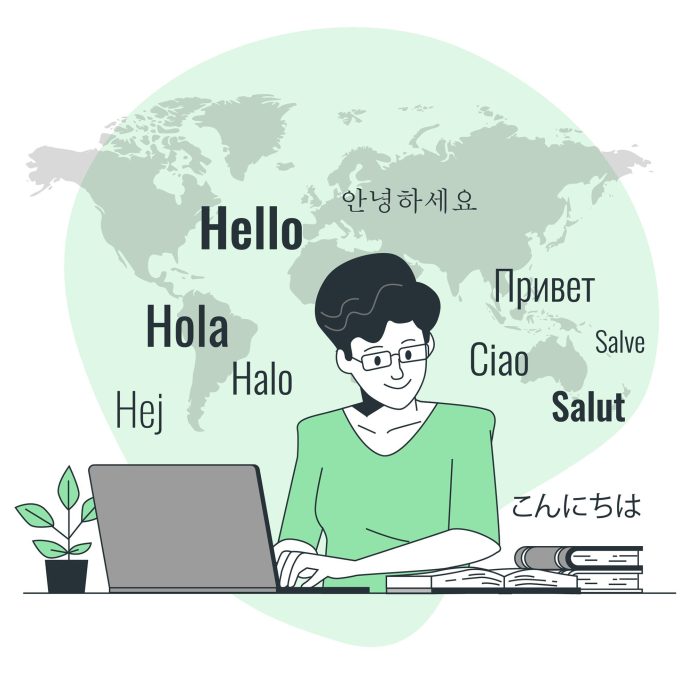In the rich tapestry of global communication, the roles of translators and interpreters weave an intricate pattern, facilitating understanding across languages and cultures. The distinction between translation and interpretation is subtle yet pivotal. A translator meticulously crafts written content from one language to another, preserving nuance and meaning. Conversely, an interpreter operates in real-time, bridging communication gaps in the spoken language during meetings, conferences, or events.
The evolution of translation and interpretation as distinct professions is a testament to the growing interconnectedness of our world. Rewind the clock a few centuries, and the notion of translation as a profession would have seemed almost inconceivable. The need for translation has, however, been embedded in human history since diverse cultures began interacting. As societies expanded and intermingled, the necessity of conveying ideas, knowledge, and trade across linguistic boundaries became undeniable.
In the early days, translation was often a task relegated to bilingual individuals or scholars, driven more by the desire to access foreign literature or knowledge than by a dedicated career path. The emergence of translation as a profession can be traced back to the 20th century, especially after the aftermath of World War II and the establishment of international organizations like the United Nations. These institutions fostered a global environment that demanded effective communication between speakers of different languages.
The field of interpretation followed a similar trajectory. Historically, interpreters were often diplomats or individuals with language skills summoned to facilitate communication between leaders of different nations. As diplomacy and trade expanded, so did the need for skilled interpreters who could navigate complex discussions in real time.
The formalization of translation and interpretation as professions brought about a paradigm shift. Language services moved beyond being an auxiliary skill to become essential components of international relations, business, law, healthcare, and more. This shift reflected a recognition of the unique challenges posed by linguistic diversity and the critical role that skilled professionals play in overcoming these challenges.
Careers in Translation and Interpretation:
Literary Translation:
A career in literary translation involves translating books, poems, or other written works. Literary translators must capture not only the literal meaning but also the cultural nuances and artistic elements of the original text.
Legal Translation:
Legal translators work in the realm of legal documents, contracts, and court proceedings. Precision is paramount in this field, as the accuracy of the translation can have significant legal implications.
Medical Translation:
Medical translators work on translating documents related to healthcare, pharmaceuticals, and medical research. Their role is crucial in ensuring accurate communication in the healthcare sector.
Technical Translation:
Technical translators specialize in translating documents related to technology, engineering, and scientific research. This field demands a deep understanding of specialized terminology.
Conference Interpreting:
Conference interpreters work in real-time during conferences, seminars, or international meetings. They convey spoken words across languages, maintaining the flow and integrity of the communication.
Community Interpreting:
Community interpreters assist individuals who do not speak the local language in various settings, such as healthcare, social services, or legal proceedings. They play a vital role in facilitating communication in multicultural communities.
Localization:
Localization professionals adapt products or services to specific cultural and linguistic contexts. This includes translating software, websites, and marketing materials to make them culturally relevant and accessible.
Freelance Translation and Interpretation:
Many translators and interpreters work as freelancers, offering their services on a project basis. This provides flexibility and the opportunity to work with a diverse range of clients.
As we explore the multifaceted world of translation and interpretation, it becomes evident that these professions are not merely linguistic tasks but integral components of our interconnected global society. In subsequent sections, we will delve deeper into the diverse career paths within these fields, examining the skills, qualifications, and opportunities that define successful careers in translation and interpretation.





























